Nationality French Role Architect | Name Henri Labrouste Occupation Architect | |
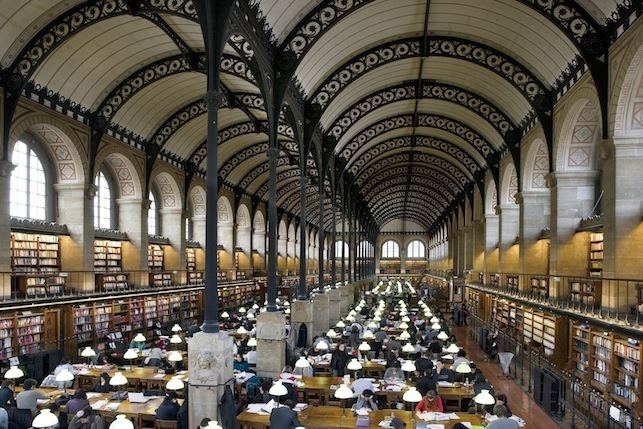 | ||
Born 11 May 1801 ( 1801-05-11 ) Paris Education Ecole nationale superieure des Beaux-Arts Awards Prix de Rome in Architecture Similar People Charles Garnier, Eugene Viollet‑le‑Duc, Felix Duban, Georges‑Eugene Haussmann, Robert Adam | ||
Projects Sainte-Genevieve Library | ||
Henri labrouste biblioth que sainte genevi ve
Pierre-François-Henri Labrouste ([pjɛʁ fʁɑ̃swa ɑ̃ʁi labrust]) (11 May 1801 – 24 June 1875) was a French architect from the famous École des Beaux-Arts school of architecture. After a six-year stay in Rome, Labrouste established an architectural training workshop, which soon became known for rationalism. He became noted for his use of iron-frame construction and was one of the first to realize the importance of its use.
Contents
- Henri labrouste biblioth que sainte genevi ve
- Henri labrouste structure brought to light
- Biography
- Stay in Rome
- References
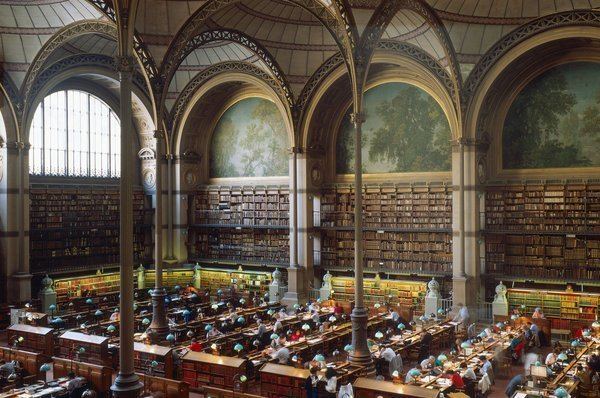
Henri labrouste structure brought to light
Biography
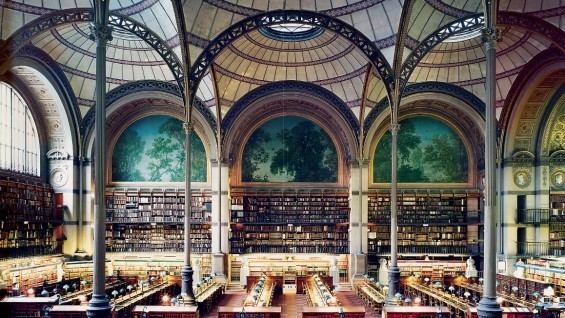
Born in Paris, Labrouste entered the Collège Sainte-Barbe as a student during 1809. He was then admitted into the second class and the Lebas-Vaudoyer workshop in the École Royale des Beaux Arts during 1819. During 1820, he was promoted to the first class. Competing for the Grand Prix, Labrouste was awarded second place (the Palais de Justice scored first) by Guillaume-Abel Blouet during 1821.
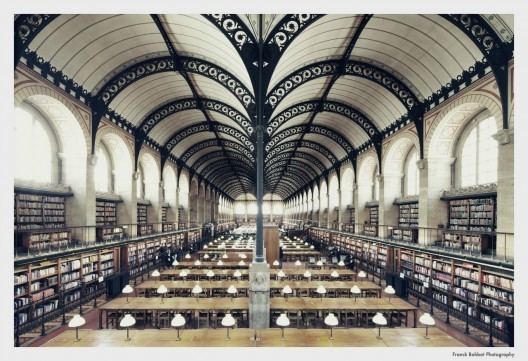
During 1823, he won the departmental prize and worked as a lieutenant-inspector (sous-inspecteur) for the director Étienne-Hippolyte Godde during the construction of the Saint-Pierre-du-Gros-Caillou parish in Paris. During 1824 Labrouste won the competition with a design of a Court of Appeals (Cour de cassation). During November, he left Paris for Italy, visiting Turin, Milan, Lodi, Piacenza, Parma, Modena, Bologna, Florence and Arezzo.
Stay in Rome
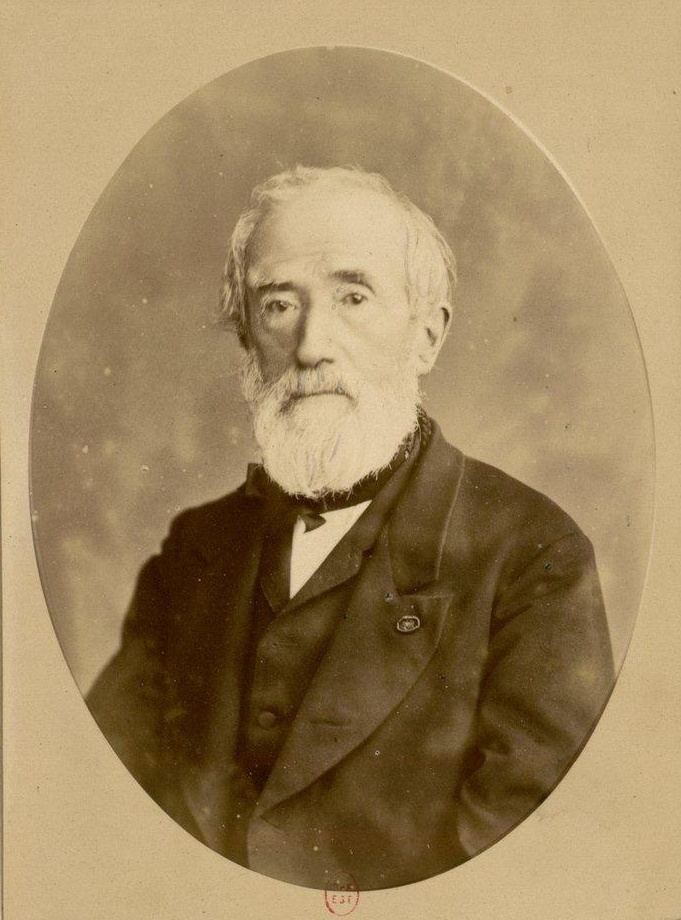
Receiving a pension or stipend from the French government for five years, he and the other Académie française laureates stayed in the Medici Villa in Rome. The directors of the Académie stated in correspondence in French about the laureates that, in their studies of antiquity, they "must research the laws of proportion and reduce them to formulas to be used by masters and students in Paris."
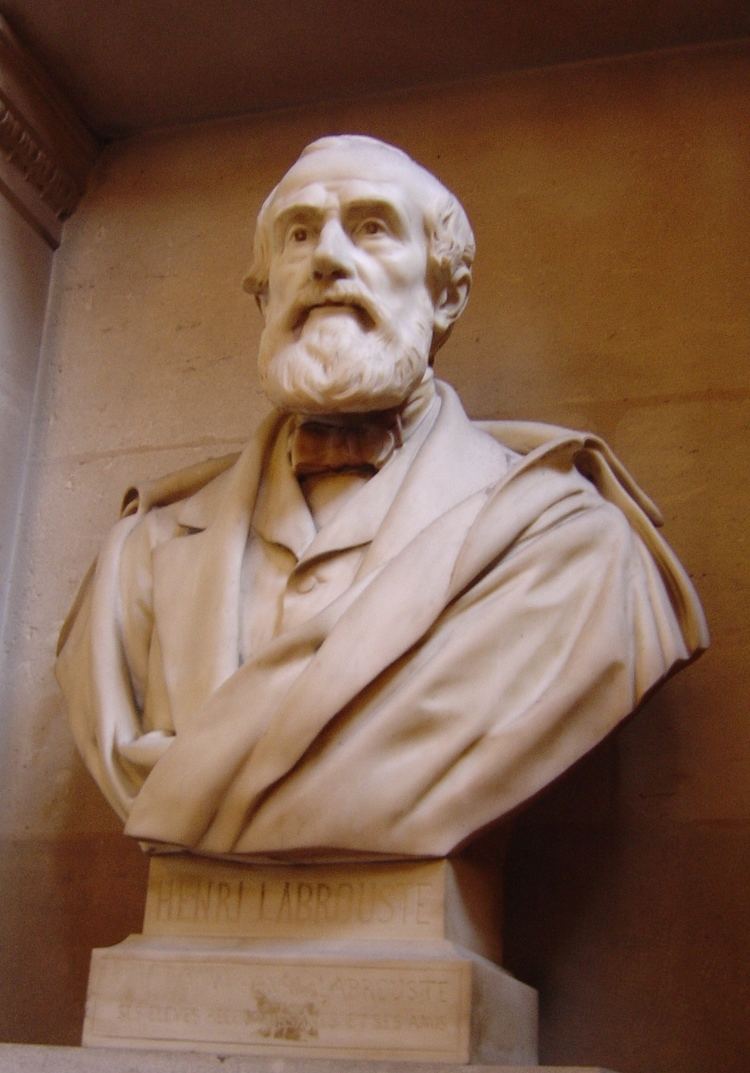
His work was the subject of "Henri Labrouste: Structure Brought to Light," the first solo exhibition in the U.S. of his work, at The Museum of Modern Art in New York City.
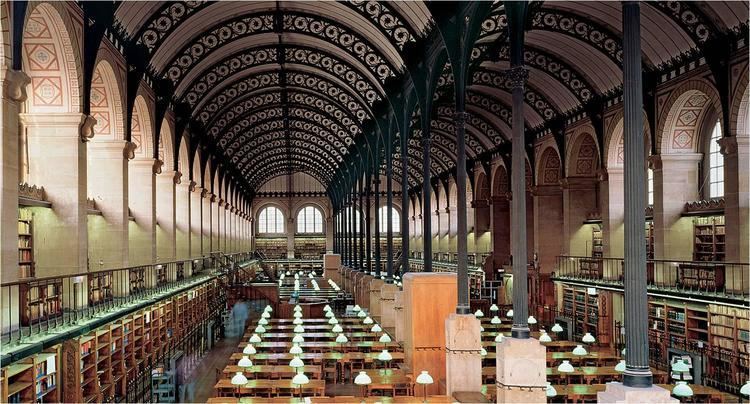
His buildings include:
